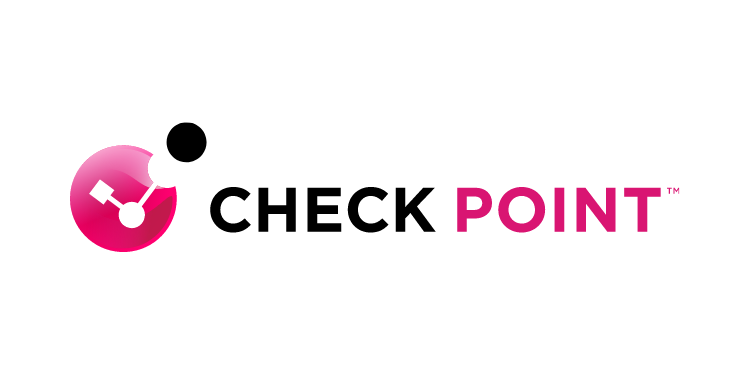Are People Problems Blocking Your Secure Cloud Migration?

What gets in the way of successful and secure cloud migrations? Ask most CIOs, cloud architects or IT engineers that question, and their minds will probably first go to technological hurdles – like the complexity of moving legacy apps into the cloud, or the challenge of updating security policies to address cloud threats. Or, they might mention the difficulty of the cloud migration process itself.
Those challenges are part of why secure cloud migration can be hard for many organizations. But here’s another issue that tends to receive less discussion: People hurdles, by which we mean the risk that your personnel are not prepared to execute a secure cloud migration successfully.
No matter how much you perfect your cloud migration processes, or how great your cloud security tools are, your migration is likely to fail if the people who need to manage it lack the necessary knowledge to secure workloads in the cloud, or if conflicts between teams within an organization hinder efforts to implement a secure cloud migration project.
“People hurdles”–and tips for solving them–are among the topics at the center of our new whitepaper, “What’s Blocking Your Secure Cloud Migration?” Keep reading for a taste of what you’ll learn in the whitepaper about managing the human element during cloud migration.
How people can complicate secure cloud migration
As the whitepaper explains, there are two main “people hurdles” to overcome to ensure a secure cloud migration.
Lack of cloud migration security knowledge
If you’re considering a cloud migration but have not yet begun the process, your employees may have limited, if any, experience working with cloud security. And while it can be tempting to assume that the skills required to secure on-prem resources translate easily enough into the cloud, that’s not always the case.
Although fundamental security principles apply both to on-prem and in the cloud, the cloud is subject to some unique challenges – like special regulatory considerations and unique cloud network security risks. Plus, the cloud security tools offered by cloud vendors are often not enough to meet all cloud security threats.
This means that some organizations embark on cloud migration projects only to discover that their teams are not ready to secure their new cloud environments. Their migrations then either fail outright or end up delayed because engineers need to spend time upskilling in cloud security technologies before they’re ready to perform the migration.
Internal team conflicts
Secure cloud migration requires input and support from many groups of stakeholders. For example, business units whose workflows are impacted by cloud migration need to be looped into discussions about when and how their resources will migrate. In addition, security teams must prepare to meet the unique challenges of securing cloud environments.
If these teams don’t collaborate well, or if some of them are left out of discussions about secure cloud migration, migrations can quickly go sideways. For example, if security teams are not plugged into discussions about the tools necessary to support cloud migration, they might NOT be able to acquire the tools they need to manage cloud security threats.
Some level of disagreement between teams is unavoidable in organizations of any size. But it’s critical to get ahead of internal conflict and achieve consensus about secure cloud migration strategies and plans as much as possible before embarking on a migration.
Best practices overcoming people hurdles during secure cloud migration
In addition to discussing the human-related challenges that can arise during secure cloud migration, the whitepaper offers tips on how organizations can work past these hurdles, among other common cloud migration security challenges.
And we’re not talking about obvious advice like “educate your team” or “invite everyone to cloud migration security meetings.” Those steps are important, of course, but as the whitepaper explains, the key to securing cloud migration is to adopt best practices like the following:
- Focus on the “3 Cs”: The 3 Cs of cloud security emphasize the importance of your security being comprehensive, consolidated and collaborative. Among other benefits, this approach helps to bolster your security posture, ensuring a confident and efficient migration process .
- Adopt a unified cloud security solution: When you manage cloud security via a unified platform, it’s easier for all stakeholders to buy into and collaborate on cloud migration. A unified platform also helps teams operate more efficiently and effectively by placing all of the insights they need to understand threats, and all of the tools they require to respond to them, in a single place.
- Security automation: Automation in the realm of security helps reduce the knowledge barrier that teams need to overcome when migrating to the cloud. In addition, automations enable consistent processes by eliminating the risk that one engineer might manually perform a given process one way while a different engineer takes an alternate approach. With automation, every operation follows the same process, every time.
- Break silos: Breaking teams out of their silos so that they communicate and collaborate effectively is critical to successful, secure cloud migration. Consolidated processes, unified tools and automations help to eliminate the silos.
The bottom line is that your organization can overcome the cloud migration security “people hurdles” if your migration strategy is comprehensive, consolidated, and collaborative. When you implement the three C’s, the people challenges solve themselves.




